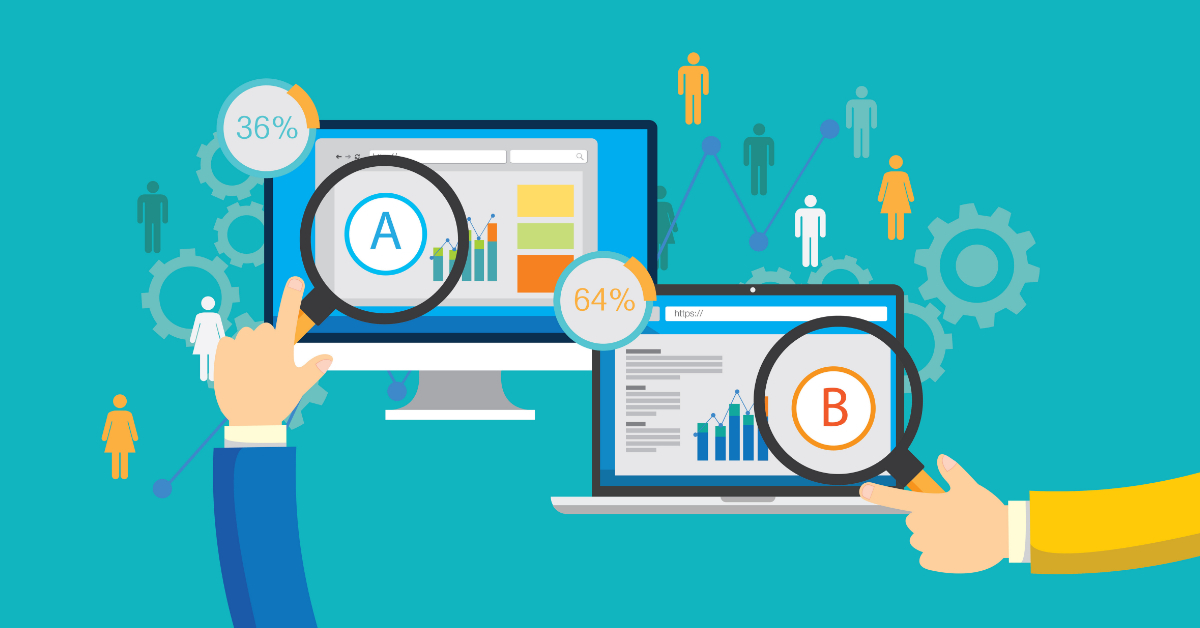If you're wanting to use software to better automate your business processes, have consistency across the company and ensure compliance for HR then digital transformation in HR should be top of mind. By using technology to improve the efficiency and accuracy of HR processes, you'll be able to be more streamlined in recruitment, retention, compliance, and managing HR matters. You can remain competitive in your respective markets and make decisions quicker than ever before.
In this article, we’re going to look at all the benefits, actionable strategies and best practices for implementing HR digital transformation and we’ll go over some must-have tools for your HR digital transformation journey.
So by the end of this read, you’ll be equipped with enough knowledge to know why you should be making this happen and what you can do to kickstart this change in your business.
Benefits of HR Digital Transformation
Unlocking the power of digital HR can bring about real improvements across your organisation — from employee engagement and satisfaction to more efficiency and productivity. In a recent study, 84% of respondents said they experienced better employee engagement and 86% said they experienced improved productivity.
Streamlined processes created by automation reduce paperwork, administrative tasks, and the opportunities for human error. The knock on effect of this is that your employees then have the capacity to focus on higher value-adding areas of work, all the while enjoying some peace of mind because they know there is still compliance with HR regulations.
HR professionals and Managers can make quick and reliable decisions that protect their organisations from any costly errors. By having access to real-time data, these teams get an in-depth understanding of internal operations and performance – enabling them to create policies and strategies that are tailored specifically for their ideal results.
A great example of how digital HR can make HR processes more efficient and accurate is Walmart's Me@Walmart app. The app enables workers to ask questions, change schedules, clock in/out of shifts, and communicate with co-workers. Communication is way more effective and as a result, processes like changing shifts and/or organising cover happen faster and more efficiently.
Here at Hype & Dexter, we use Cinch HR, which is a cloud based HR software. Its secure system supports compliance and has loads of features such as storing secure compliant agreements for employees or contractors, a library for company policies, onboarding and off-boarding tools and more which all support the needs of our business.
It’s super important that you do your research before selecting the strategies and tools you’ll use to digitally transform your HR processes, which brings us to the best practices section.
Best Practices and Strategies for Implementing HR Digital Transformation
Establish clear goals
Before launching your digital HR initiative, make sure you’ve defined clear objectives that are aligned with the organisation's overall goals. This helps all the stakeholders get aligned and working toward the same goal.
Start with an audit
Do an audit of your current HR processes and technologies to see if there are areas for improvement. Create a swimlane workflow showing the key handoff points between roles and what tools and documents can be leveraged. This will help you create a roadmap for the digital transformation process.
Make use of existing tools
Take advantage of existing digital HR tools to streamline your processes. This will help you get up and running quickly and reduce the cost of implementation.
Involve all stakeholders
If you want a seamless transition and buy-in from the stakeholders, involve all relevant stakeholders from beginning of the process to end.
Invest in training
Invest in your team by providing the training they need to be confident using the digital tools and procedures. The benefits of this are a more efficient team that (ideally) makes fewer mistakes.
Track progress
Make sure you’re consistently reviewing your progress. This will help you recognise any areas that need improvement and adjust your strategy accordingly.
Tools for HR Digital Transformation
There are a variety of digital tools available for HR digital transformation, including:
HR Automation Software
HR automation software is an important aspect of digital transformation. It provides a faster and more efficient approach to recruitment, onboarding, performance reviews, and analytics reporting.
Examples include:
-
Recruitment Automation: Automating posting job openings, collecting and screening applications, scheduling interviews, and communicating with potential candidates.
-
Onboarding Automation: Streamlining onboarding processes, such as setting up accounts, hardware and software, welcome communications, creating employee profiles and assigning tasks.
-
Offboarding Automation: Streamlining offboarding processes, such as removing communications to clients and removal from systems.
-
Internal Comms: Regular communications and surveys to your team to track engagement and team sentiment.
-
Performance Management Automation: Tracking employee goals and providing feedback to reduce administrative tasks for HR personnel.
-
Payroll: Work out payroll calculations and deductions quicker, manage leave, generate accurate payslips, and calculate bonuses, expenses, holiday pay, etc with minimum effort.
Analytics and Reporting Tools
In the HR Tech Survey by PwC, 39% of respondents said that HR insights and data analytics was the biggest challenge they faced in their organisation. Data analytics and reporting tools give HR teams with relevant insights into personnel performance, recruitment strategies, and other aspects of the company. HR teams can easily monitor data points such as time-to-fill positions or employee engagement scores. Armed with this kind of information, they can make better decisions about employee development and staffing.
AI and Machine Learning Tools
Using AI and machine learning technology can dramatically streamline the HR process, from beginning to end. For example, organisations can consistently save time by using AI to create jobs ads and job descriptions, and with AI algorithms, organisations can quickly pinpoint job candidates who best fit the position's requirements. What’s more, these tools evaluate each candidate for their suitability for the open role. So as a result of this automation, companies save time and money while at the same time, finding better matches between personnel and positions! It’s a win-win scenario!
HR Digital Transformation Strategy
Once the right tools have been identified and implemented, developing a strategy for HR digital transformation is important. A successful strategy should take into account a number of factors.
Key Considerations for Developing an Effective HR Digital Transformation Strategy
-
Setting specific goals helps stay focused throughout the transformation.
-
HR digital transformation requires clearly-defined scope, including objectives and timelines.
-
Selecting the right tools is critical for project success.
-
A dedicated HR team leads and supports implementation.
-
Proactive change management helps employees accept changes quickly and efficiently.
-
Data security protocols must be in place to protect confidential information.
-
Communication with stakeholders is necessary for successful transformation.
Steps for Implementing HR Digital Transformation
-
Set Goals: What are you wanting to achieve with this implementation? Outlining your goals is a key part of the process, as you should be constantly checking your progress against these goals to make sure your implementation is on track.
-
Planning and Mapping: Map out ideal processes for your team, partners and candidates. This could look like swim lane diagrams highlighting key hand-off points between roles.
-
Identify standard communications and documents that can be templated: By creating templates for common communications such as offer letters, employee on-boarding documents, performance evaluations, and HR policies, organisations can save time and ensure consistency in their communications.
- Choosing your tools: Identify tools that can be used to help manage, automate and manage the solution
- Create an implementation plan: Creating a comprehensive and deliberate implementation plan is so important for the success of your project. This plan should include clear milestones and deadlines for completion. Remember, trying to do this with no plan, is planning to fail.
-
Assign roles and responsibilities: Each member of the team should be assigned a role with specific tasks and responsibilities.
-
Implement tools and processes: This includes things like designing user interfaces, testing, and training users.
-
Continuous Improvement: Regular reviews and check ins with the team, on new things that are working and things that are not working, with clear actions to either include, improve or cull completely.
-
Monitor performance: To guarantee that your project is heading in the right direction and achieving its targets, it's crucial to regularly monitor progress against your goals. The last thing you want is the project heading in a completely different direction without you even realising. We’ve said it before and we’ll say it again, we do not set and forget. Consistent monitoring is key.
-
Evaluate and feedback: Lastly, assess the results of your project so you can be sure that its goals were accomplished. Then, feedback to your business about the outcomes. Let them know your wins and/or areas for improvement in the future.
Overcoming Common Challenges and Obstacles
-
Change Management: Develop a change management plan with training for all stakeholders, as well as ongoing communications.
-
Limited Resources/ Lack of Tools and Technology: Make sure the team has access to the right resources and technology to get onboard.
-
Resistance to Change: Address any concerns and ensure that everyone is on board with the project. This is something you need to do continuously throughout the process.
If you organisation wants to stay in the game and remain competitive, you have to make HR digital transformation a priority. Doing so can help reduce costs while improving efficiency and productivity, all the while making it easier to attract and retain top talent - an important factor for any business looking to grow and succeed.



Comments